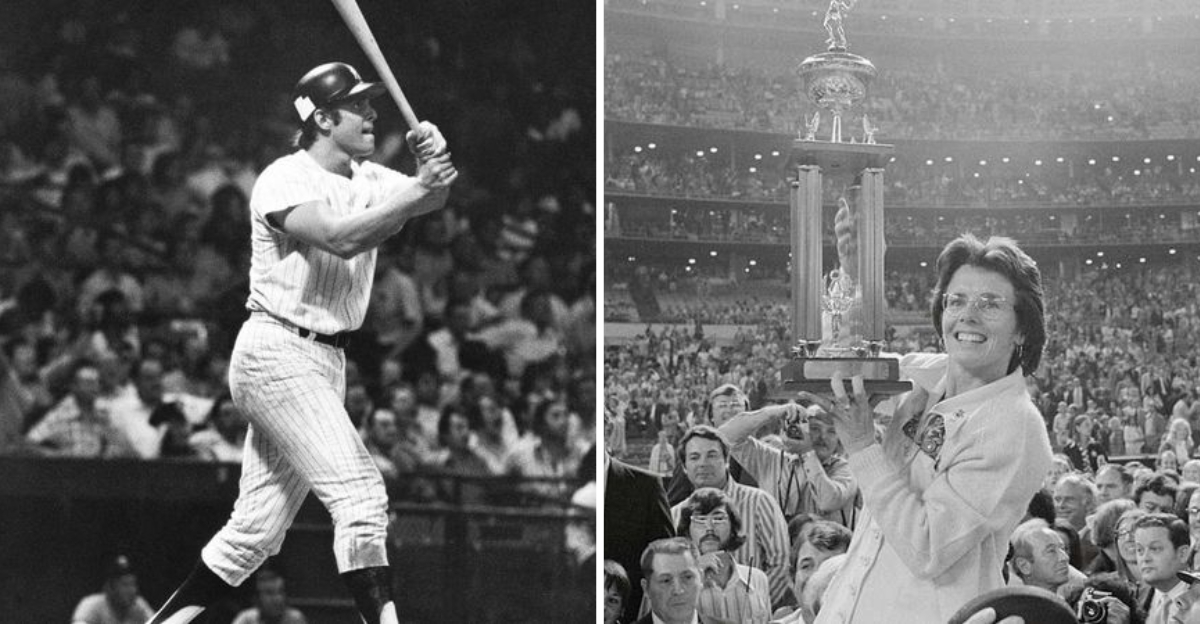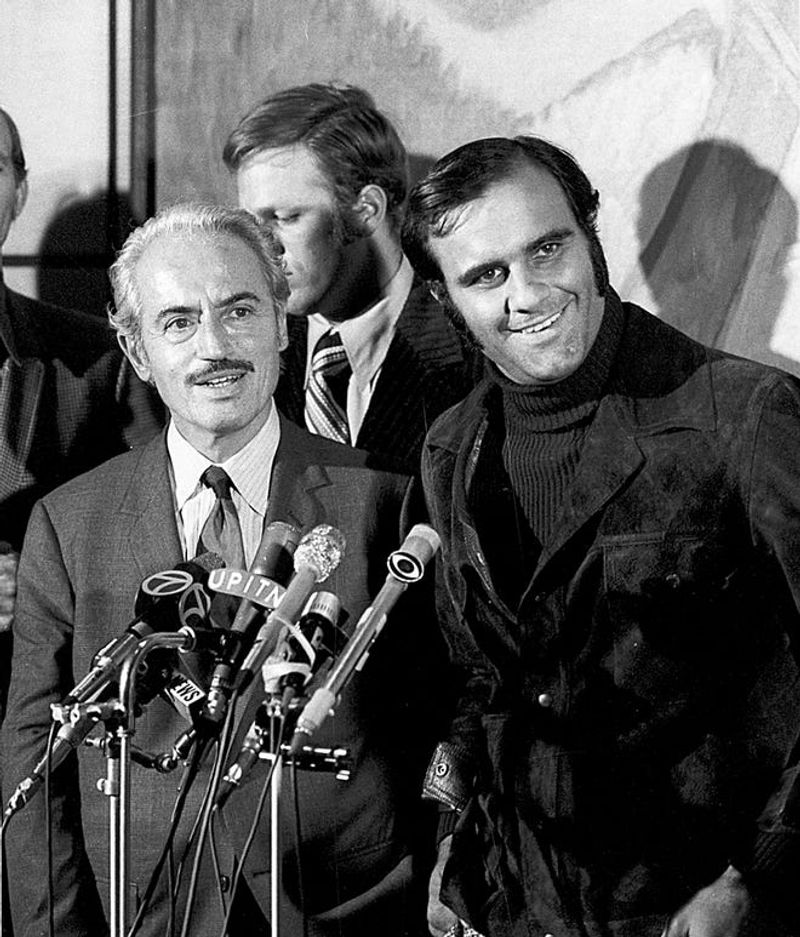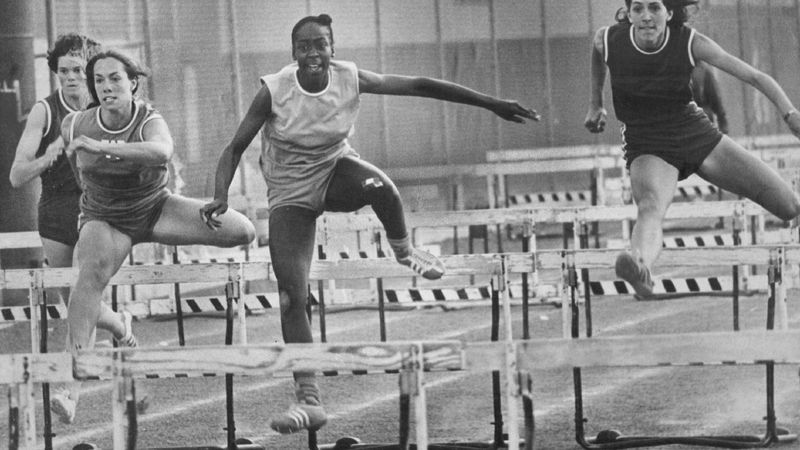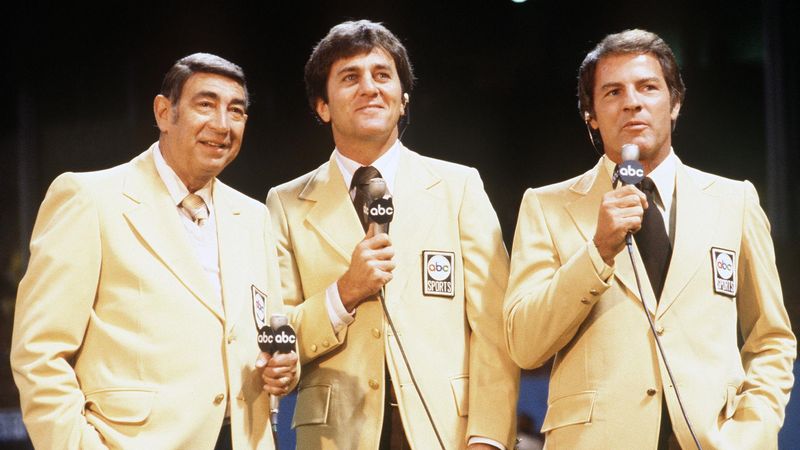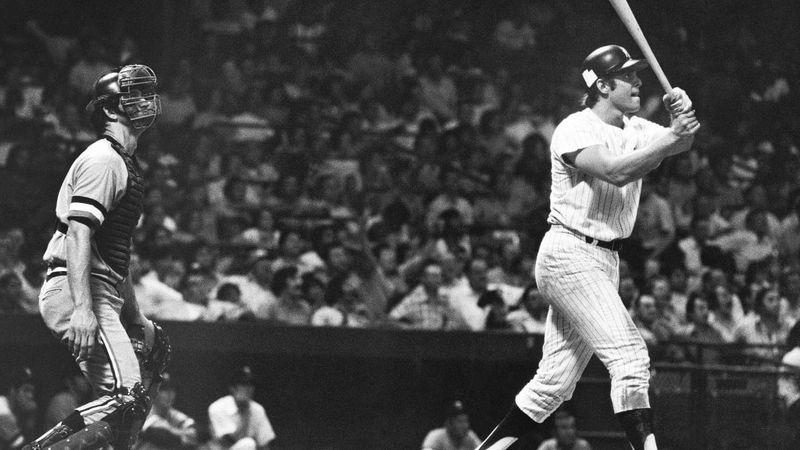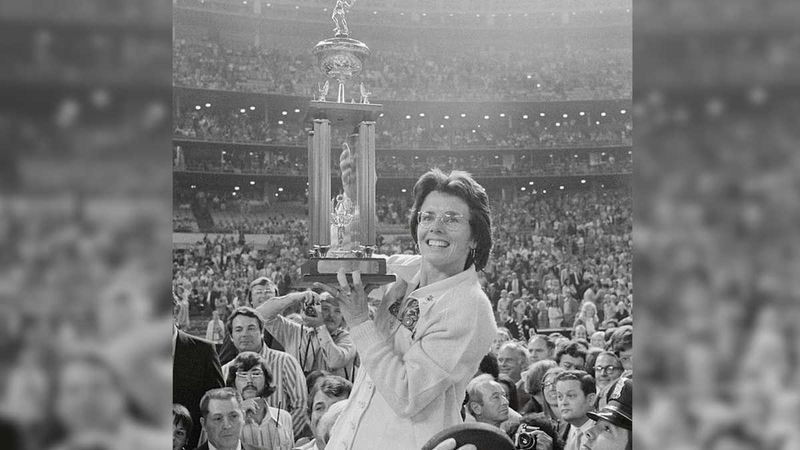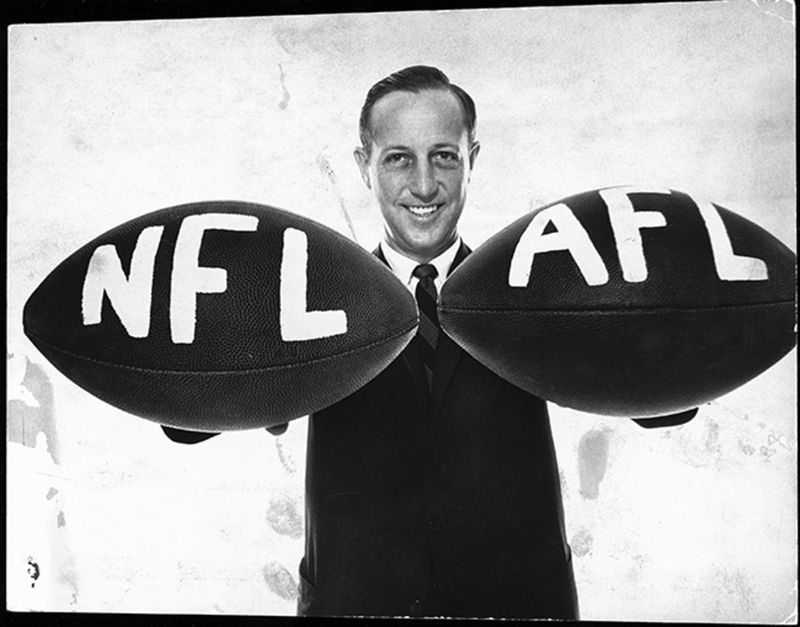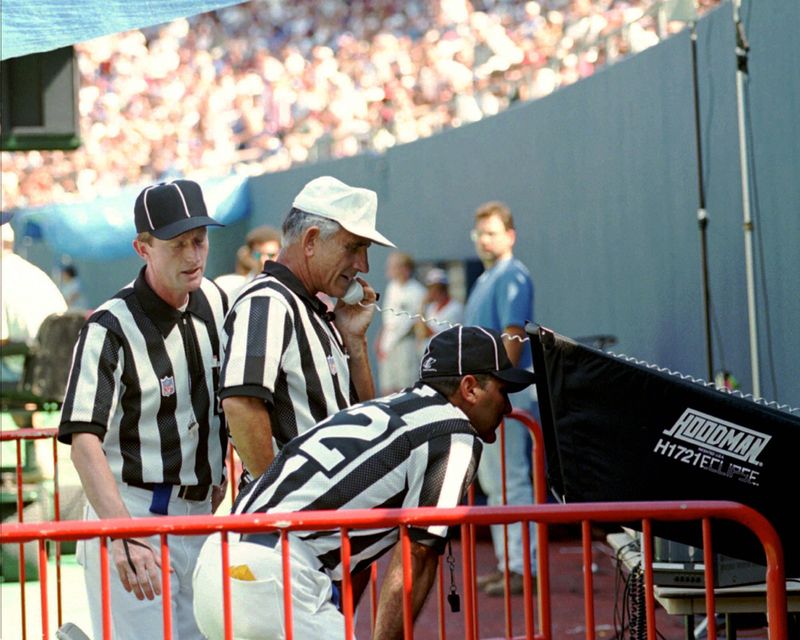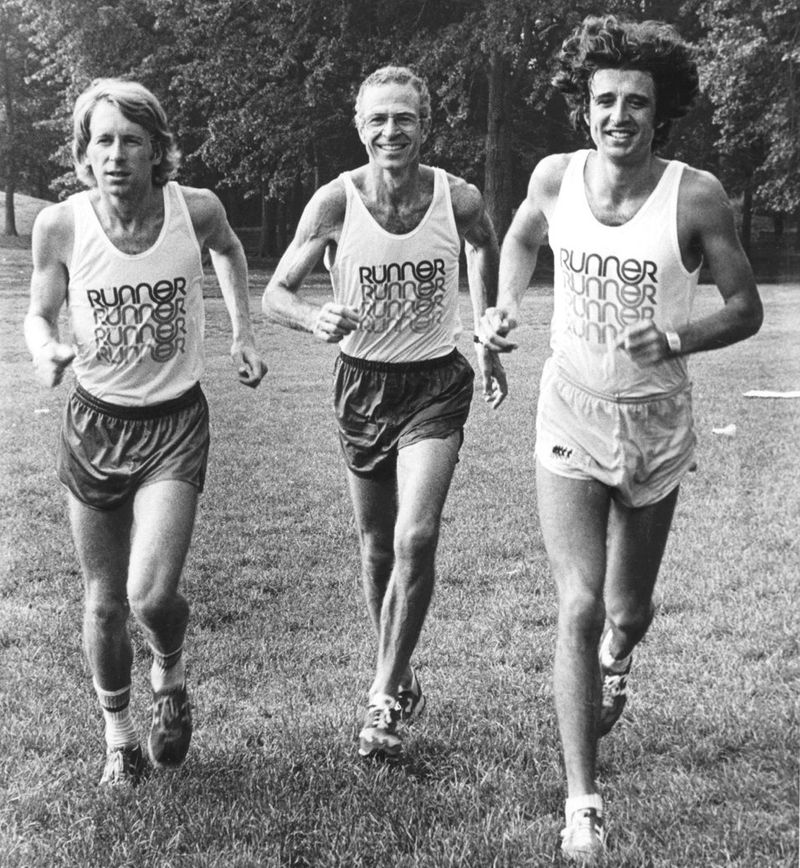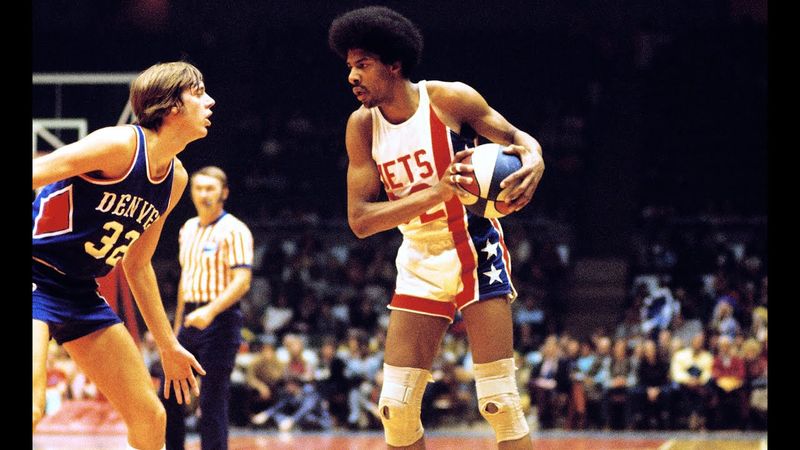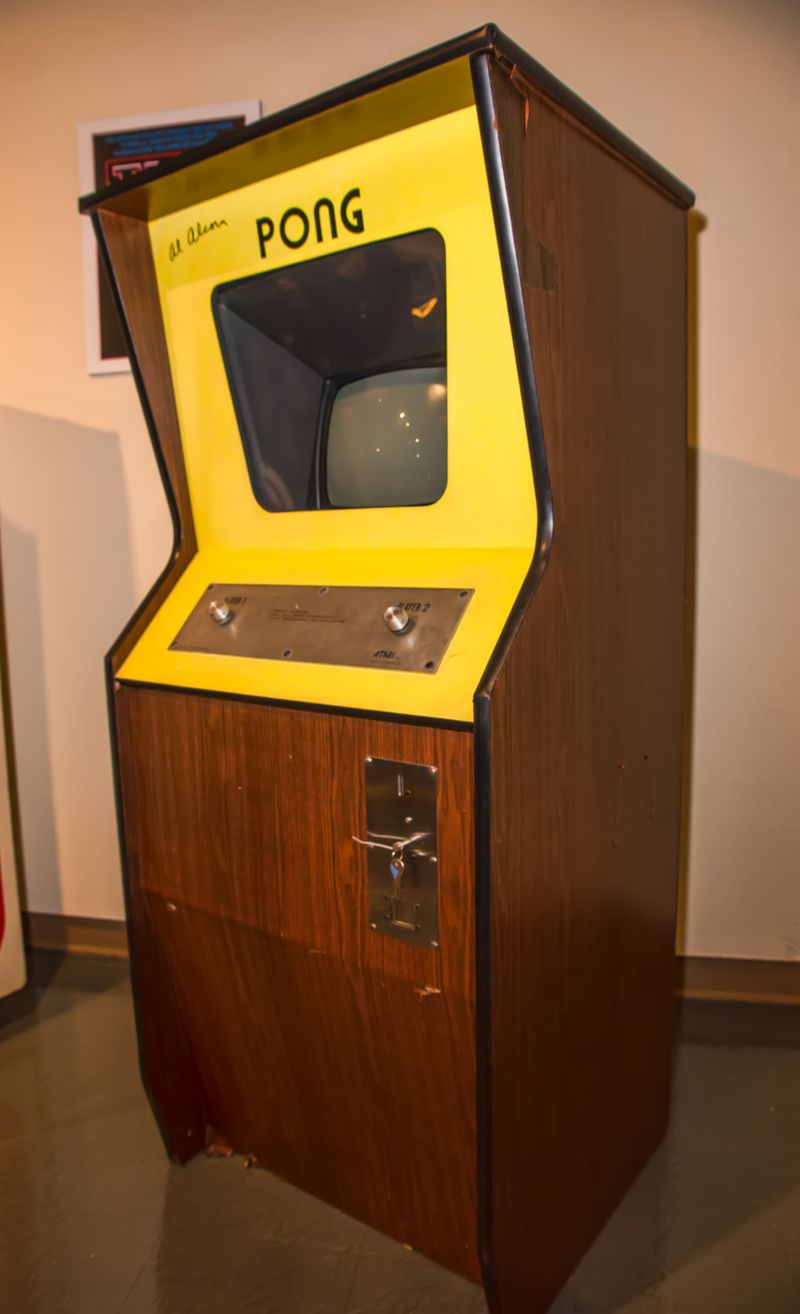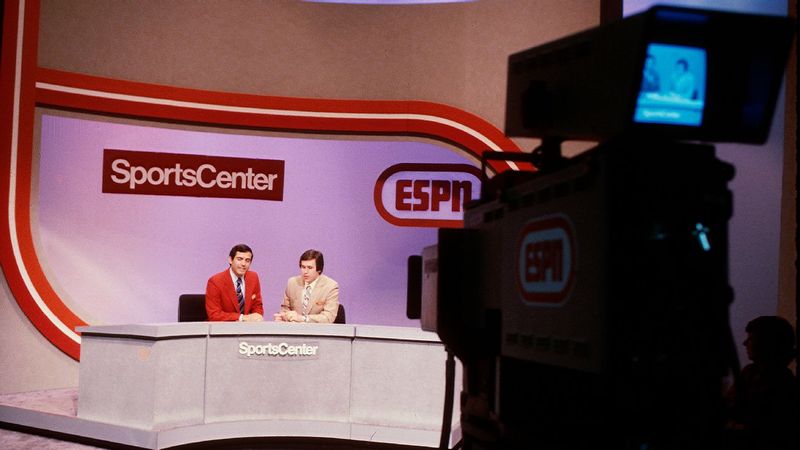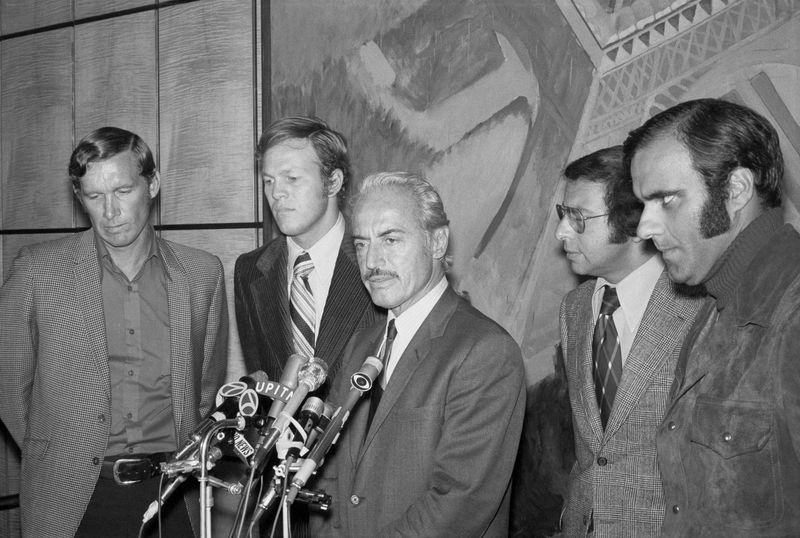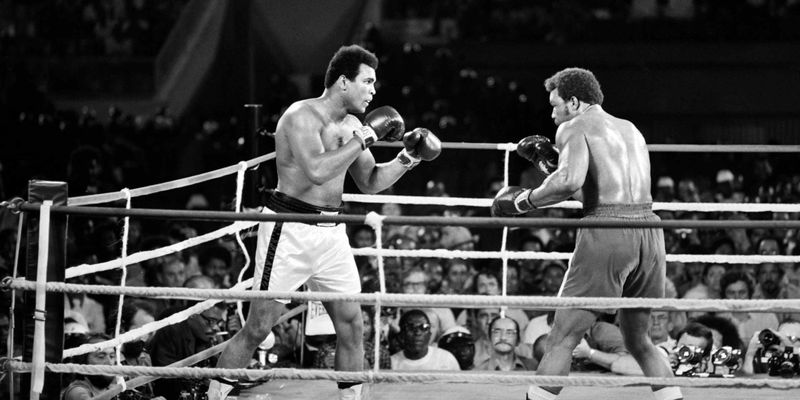The 1970s revolutionized sports in ways we still feel today. During this transformative decade, everything from how athletes competed to how fans experienced games underwent radical changes. New technologies, landmark legal decisions, and cultural shifts combined to create the modern sports landscape we now take for granted.
1. Free Agency Transforms Player Power
Baseball’s reserve clause crumbled in 1975, unleashing a new era of player freedom. Pitchers Andy Messersmith and Dave McNally successfully challenged the system that had bound athletes to teams indefinitely.
Suddenly, players could negotiate with multiple teams, driving salaries skyward and shifting the balance of power. Team loyalty took on new meaning as stars could chase championships or bigger paychecks elsewhere.
2. Title IX Opens Doors for Women
Before 1972, female athletes rarely received equal opportunities or funding. Title IX changed everything by requiring gender equality in educational programs receiving federal money.
Girls’ participation in high school sports exploded from 294,000 in 1971 to over 2 million by 1978. This watershed legislation planted seeds for women’s professional leagues and Olympic dominance in basketball, soccer, and gymnastics that would bloom decades later.
3. Monday Night Football Creates Prime-Time Sports
“Are you ready for some football?” became America’s Monday night rallying cry starting in 1970. ABC’s gamble to broadcast NFL games in primetime transformed sports viewing habits forever.
Howard Cosell’s distinctive voice and the theatrical presentation turned football into must-see entertainment. The glitzy production values and dramatic camera angles created a template for how sports would be televised for generations to come.
4. The Designated Hitter Sparks Controversy
American League baseball got an offensive boost in 1973 with the designated hitter rule. Teams could now use a specialist batter in place of the typically weak-hitting pitcher.
Ron Blomberg of the Yankees made history as the first official DH. The rule created a philosophical divide between leagues that persists today, with purists arguing pitchers should hit while modernists embrace the increased scoring and extended careers for aging sluggers.
5. Synthetic Tracks Accelerate World Records
Running found its footing on revolutionary surfaces during the ’70s. Tartan and other synthetic tracks replaced cinder and clay, providing consistent, all-weather performance and injury reduction.
Sprinters and distance runners alike shattered records on these springy surfaces. The Montreal Olympics in 1976 showcased these tracks to the world, forever changing how athletes trained and competed while making track meets possible in previously unsuitable weather conditions.
6. Battle of the Sexes Challenges Stereotypes
Tennis balls flew across gender barriers when Billie Jean King faced Bobby Riggs in 1973. More than just a match, this prime-time spectacle attracted 90 million global viewers and became a cultural flashpoint.
King’s decisive victory silenced Riggs’ chauvinist taunts and proved female athletes deserved respect. Beyond sports, this showdown fueled the women’s movement and inspired generations of girls to pursue athletics without apologizing for their ambitions.
7. AFL-NFL Merger Creates Football Powerhouse
Professional football’s warring leagues finally made peace in 1970, creating today’s NFL structure with two conferences. The merger ended destructive bidding wars for players and established the Super Bowl as America’s biggest sporting event.
Television deals exploded as networks clamored for rights to broadcast games. The unified league’s expanded playoff format created more drama and fan engagement, helping football surpass baseball as the nation’s favorite sport.
8. Instant Replay Revolutionizes Broadcasts
Sports fans gained a new perspective when instant replay technology matured in the 1970s. Although first used earlier, the technique became an art form during this decade as directors learned to capture dramatic moments from multiple angles.
Carlton Fisk waving his 1975 World Series home run fair became immortal through replay. Networks invested heavily in slow-motion cameras and split-screen capabilities, forever changing how viewers experienced games from their living rooms.
9. The Running Boom Gets America Moving
Ordinary Americans laced up their sneakers by the millions during the ’70s running revolution. Frank Shorter’s 1972 Olympic marathon gold medal sparked nationwide interest, while Jim Fixx’s bestselling book “The Complete Book of Running” turned jogging into a cultural phenomenon.
The New York City Marathon transformed in 1976 from a Central Park loop to a five-borough celebration. Running clubs sprouted nationwide, creating communities of fitness enthusiasts who changed how Americans thought about exercise.
10. ABA Brings Flash and Three-Pointers
Basketball got a colorful makeover thanks to the upstart American Basketball Association. The red, white and blue ball was just the beginning – the ABA introduced the three-point shot, slam dunk contests, and a faster, more entertaining style of play.
Julius “Dr. J” Erving’s gravity-defying moves exemplified the league’s flair. When the ABA merged with the NBA in 1976, four teams survived, but the influence lived on through rule changes and showmanship that made basketball more exciting.
11. Video Games Enter the Sports Arena
The digital playing field opened in 1972 when Atari’s Pong brought virtual tennis to arcades and living rooms. Though primitive by today’s standards, these early sports simulations captivated players and created an entirely new entertainment category.
By decade’s end, more sophisticated titles emerged. These pixelated pioneers laid groundwork for today’s billion-dollar sports gaming industry, where realistic player likenesses and physics engines create virtual worlds nearly indistinguishable from broadcast games.
12. ESPN Launches 24-Hour Sports Coverage
“If you’re a fan, what you’ll see in the next minutes, hours, and days to follow may convince you you’ve gone to sports heaven.” With these words, ESPN launched on September 7, 1979, forever changing sports media.
Starting with just 1.4 million subscribers, the pioneering network created an insatiable appetite for round-the-clock coverage. Despite early financial struggles, ESPN proved viewers wanted sports programming beyond weekend afternoons, creating the template for today’s multi-channel sports media landscape.
13. Player Unions Gain Bargaining Power
Athletes organized like never before in the 1970s, transforming from grateful employees to empowered professionals. The MLB Players Association, led by Marvin Miller, pioneered collective bargaining strategies that other sports would soon adopt.
Players fought for pension benefits, minimum salaries, and arbitration rights. Though strikes disrupted seasons, the resulting agreements dramatically improved athlete compensation and working conditions. By 1979, average NBA salaries had tripled from their 1970 levels.
14. Global Boxing Spectacles Captivate Millions
Muhammad Ali elevated boxing beyond sport with epic ’70s battles fought on international stages. The “Rumble in the Jungle” in Zaire and “Thrilla in Manila” against Frazier transcended athletics to become cultural milestones watched by unprecedented global audiences.
Ali’s innovative “rope-a-dope” strategy against Foreman showcased both physical brilliance and psychological warfare. These events pioneered the modern sports spectacle formula: exotic locations, celebrity attendance, massive purses, and compelling narratives that attracted even non-boxing fans.
